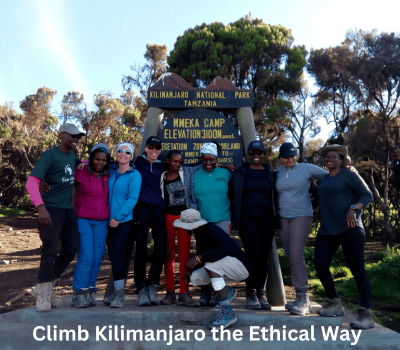Best Time to Climb Kilimanjaro and Reach Uhuru Peak
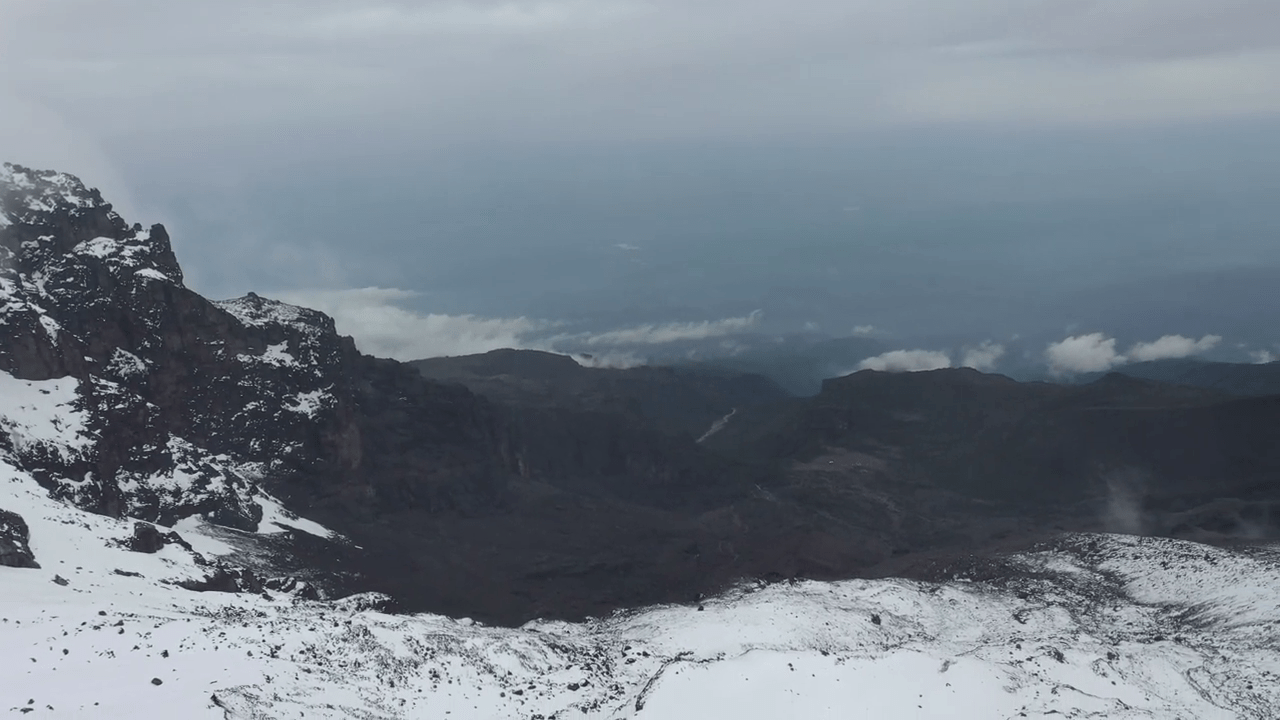
Introduction: Timing Your Kilimanjaro Dream
If you’re planning to conquer Mount Kilimanjaro and stand atop Uhuru Peak—the highest point in Africa—your timing matters. Choosing the right time of year can be the difference between an awe-inspiring summit view and a foggy, wet, or even canceled climb. While Kilimanjaro is a year-round trekking destination, some months offer a smoother, safer, and more scenic journey than others.
In this guide, we’ll break down Kilimanjaro’s unique weather patterns, the best and worst months to climb, and special timing tips (like full moon summits) to help you plan the adventure of a lifetime. And of course, Eco-Africa Climbing is here to make your journey exceptional—no matter the season.
Understanding Kilimanjaro’s Climate Zones
Mount Kilimanjaro isn’t just tall—it’s diverse. The mountain rises through five distinct climate zones, each with its own weather behavior:
- Cultivation Zone (800–1,800m): Warm and humid farmlands around the base.
- Rainforest Zone (1,800–2,800m): Lush, wet, and teeming with wildlife.
- Heath/Moorland Zone (2,800–4,000m): Open, breezy, and cool with giant heathers.
- Alpine Desert Zone (4,000–5,000m): Dry, windy, and sparse.
- Arctic Summit Zone (5,000–5,895m): Freezing cold with glaciers and thin air.
Because you pass through all these zones over just a few days, the weather can change rapidly. Being prepared for hot sun, heavy rain, and freezing winds—all in one trek—is essential. Choosing the best month to climb helps you avoid extreme conditions in these zones.
Month-by-Month Breakdown: Kilimanjaro Weather Overview
Here’s a quick glance at what you can expect throughout the year:
| Month | Weather Conditions | Climbing Conditions |
|---|---|---|
| January–March | Dry, warm, clear mornings, occasional afternoon clouds | Great visibility, fewer crowds |
| April–May | Long rainy season | Slippery trails, low visibility |
| June–October | Dry, cooler, clearer skies | Most popular and stable climbing season |
| November | Short rainy season | Unpredictable, fewer climbers |
| December | Transition month—mostly dry, some showers | Decent conditions, early rains possible |
Understanding this timeline helps you choose the best time based on your preferences for weather, crowd size, and summit experience.
The Dry Seasons: January to March and June to October
If you’re looking for optimal weather, January to mid-March and June to October are the top picks. These months offer:
- Clear skies for panoramic summit views
- Stable weather with lower chances of rain
- Warmer temperatures in the rainforest and heath zones
June to October is the busiest season, especially August and September. If you’re aiming to avoid the crowds while still enjoying good weather, January to early March might be ideal. These are also excellent times for Machame, Lemosho, or Northern Circuit routes.
Rainy Seasons: Why April, May, and November Are Tricky
Trekking during the rainy seasons—April to May (long rains) and November (short rains)—poses some unique challenges:
- Trails become muddy and slippery, especially in the rainforest zone.
- Visibility at higher altitudes is often poor.
- Increased risk of delays and discomfort due to persistent rain.
However, if you’re well-prepared and don’t mind a wetter, quieter trek, you can still climb successfully in these months. Routes like the Lemosho Route tend to drain better and offer more scenic shelter compared to Marangu.
High Season vs. Low Season: Pros and Cons
Choosing the right time to climb Mount Kilimanjaro involves balancing weather conditions, crowd levels, and personal preferences. Here’s a breakdown of the high and low seasons:
High Season (January–March & June–October):
- Pros: Stable weather, clear skies, and higher summit success rates. These months offer the best trekking conditions, making them ideal for climbers seeking optimal experiences.
- Cons: Increased foot traffic on popular routes, requiring early bookings for accommodations and guides.
Low Season (April–May & November):
- Pros: Fewer climbers, offering a more solitary experience. Potential for lush landscapes and unique photographic opportunities.
- Cons: Higher chances of rain, muddy trails, and reduced visibility, which can make the climb more challenging.
Your choice between high and low season should align with your priorities, whether it’s optimal weather or a quieter trail.
Full Moon Climbs: A Magical Summit Experience
Climbing Kilimanjaro during a full moon offers a unique and enchanting experience. The moonlight illuminates the path, reducing the need for headlamps and enhancing the surreal beauty of the landscape.
Benefits of a Full Moon Climb:
- Enhanced visibility during night ascents, making the trek safer and more enjoyable.
- Stunning views of the glaciers and surrounding landscapes bathed in moonlight.
- A memorable and mystical atmosphere that adds to the overall adventure.
To plan a full moon climb, align your summit night with the lunar calendar. This requires careful scheduling and early booking, as these dates are popular among climbers.
Crowd Considerations: Finding Your Ideal Climb Time
The number of climbers on Kilimanjaro varies throughout the year, influencing the overall experience:
Peak Months (August & September):
- High number of climbers, leading to crowded campsites and trails.
- Increased demand for guides and accommodations, necessitating early reservations.
Quieter Months (January–March & October):
- Fewer climbers, offering a more peaceful and personal experience.
- Better availability of guides and accommodations.
Consider your preference for solitude versus social interaction when choosing your climb time. If you seek a more tranquil journey, opt for the less crowded months.
Special Summit Experiences: Timing for Unique Moments
Certain times of the year offer unique experiences on Kilimanjaro:
New Year’s Summit:
- Celebrate the New Year from Africa’s highest point, a truly unforgettable experience.
- Be prepared for colder temperatures and ensure proper gear for warmth.
Wildlife Viewing:
- Combine your climb with a safari during the dry seasons (June–October) for optimal wildlife sightings.
- Witness the Great Migration in nearby Serengeti National Park during these months.
Planning your climb around these special experiences can add an extra layer of excitement and fulfillment to your adventure.
Month-by-Month Guide: Kilimanjaro Climbing Conditions
Understanding the month-by-month conditions on Mount Kilimanjaro can help you choose the optimal time for your climb. Here’s a detailed breakdown:
January
January marks the beginning of the short dry season. Climbers can expect:
- Warm temperatures with clear skies.
- Lower precipitation, making trails more manageable.
- Moderate crowds, especially around New Year’s.
This month is ideal for those seeking pleasant weather and fewer crowds.
February
February continues the favorable conditions of January:
- Consistently dry weather with minimal rainfall.
- Clear views of the summit and surrounding landscapes.
- Moderate to high climber traffic.
It’s one of the best months for a successful and enjoyable climb.
March
March is a transitional month:
- Early March may still offer decent conditions.
- Mid to late March sees the onset of the long rainy season.
- Increased precipitation leads to slippery trails and reduced visibility.
Climbers should be cautious and prepared for changing weather patterns.
April
April is characterized by:
- Heavy rainfall, making trails muddy and challenging.
- Low visibility due to cloud cover.
- Fewer climbers on the mountain.
Generally, it’s not recommended to climb during this month unless you’re prepared for wet conditions.
May
May continues the rainy season:
- Persistent rainfall with occasional clear days.
- Trails remain slippery and challenging.
- Very few climbers, offering solitude.
Climbing in May requires careful preparation and flexibility.
June
June marks the start of the long dry season:
- Decreasing rainfall and improving trail conditions.
- Cooler temperatures, especially at higher altitudes.
- Increasing number of climbers as the month progresses.
It’s a good time to climb, especially in the latter half of the month.
July
July offers:
- Stable weather with minimal rainfall.
- Cool temperatures, requiring appropriate gear.
- High climber traffic due to favorable conditions.
Early booking is advised to secure spots with reputable tour operators.
August
August continues the dry season:
- Consistently dry and clear weather.
- Cool temperatures, especially at night.
- Peak climbing season with crowded trails.
Despite the crowds, it’s one of the best months for a successful summit.
September
September provides:
- Dry conditions with slightly warmer temperatures.
- Clear skies offering excellent visibility.
- High climber traffic, though slightly less than August.
It’s a preferred month for many due to the balance of good weather and manageable crowds.
October
October is a transitional month:
- Early October maintains dry conditions.
- Late October sees the onset of the short rainy season.
- Decreasing number of climbers as the month progresses.
Climbers should aim for early October to avoid the rains.
November
November is characterized by:
- Short rainy season with unpredictable weather.
- Wet and slippery trails.
- Very few climbers on the mountain.
Climbing is possible but requires preparation for wet conditions.
December
December sees:
- Transition from the short rainy season to the short dry season.
- Improving weather conditions towards the end of the month.
- Increased climber traffic during the holiday season.
Late December is a popular time for climbers seeking a festive summit experience.
Conclusion: Plan Smart, Climb Smart
When it comes to summiting Mount Kilimanjaro, timing really does matter. While the mountain is climbable year-round, choosing the right month can significantly enhance your chances of success, safety, and enjoyment. Whether you’re aiming for the stable weather of the dry seasons, the serenity of low season, or the spectacle of a full moon summit, planning ahead is key.
At Eco-Africa Climbing, we guide trekkers year-round and tailor each expedition to match the season and individual goals. Our expert team will help you pick the right route and dates for an unforgettable journey to Uhuru Peak.
Frequently Asked Questions (FAQs)
What’s the absolute best month to climb Kilimanjaro?
June to October and January to March are considered the best months due to dry, stable weather and clear views.
Is it possible to climb Kilimanjaro during the rainy season?
Yes, but it requires preparation for wet conditions. Expect fewer crowds but more difficult trekking conditions.
What is the temperature at the summit?
Temperatures at Uhuru Peak can drop to -20°C (-4°F) or lower. Proper gear is essential.
Can I climb Kilimanjaro during the full moon?
Yes! Many climbers plan their summit around the full moon for enhanced visibility and a magical experience. Booking early is recommended.
What are the busiest months on Kilimanjaro?
August, September, and early October are the most crowded. If you prefer quieter trails, opt for January or February.
Climb Kilimanjaro in the Perfect Season with Eco-Africa Climbing
Ready to pick the perfect time for your Kilimanjaro climb? Let the experts at Eco-Africa Climbing help you choose the ideal month, route, and itinerary for your skill level and goals.
Explore our best-selling itineraries:
Book your climb now or contact our team to get personalized help.
Share:
Related Posts
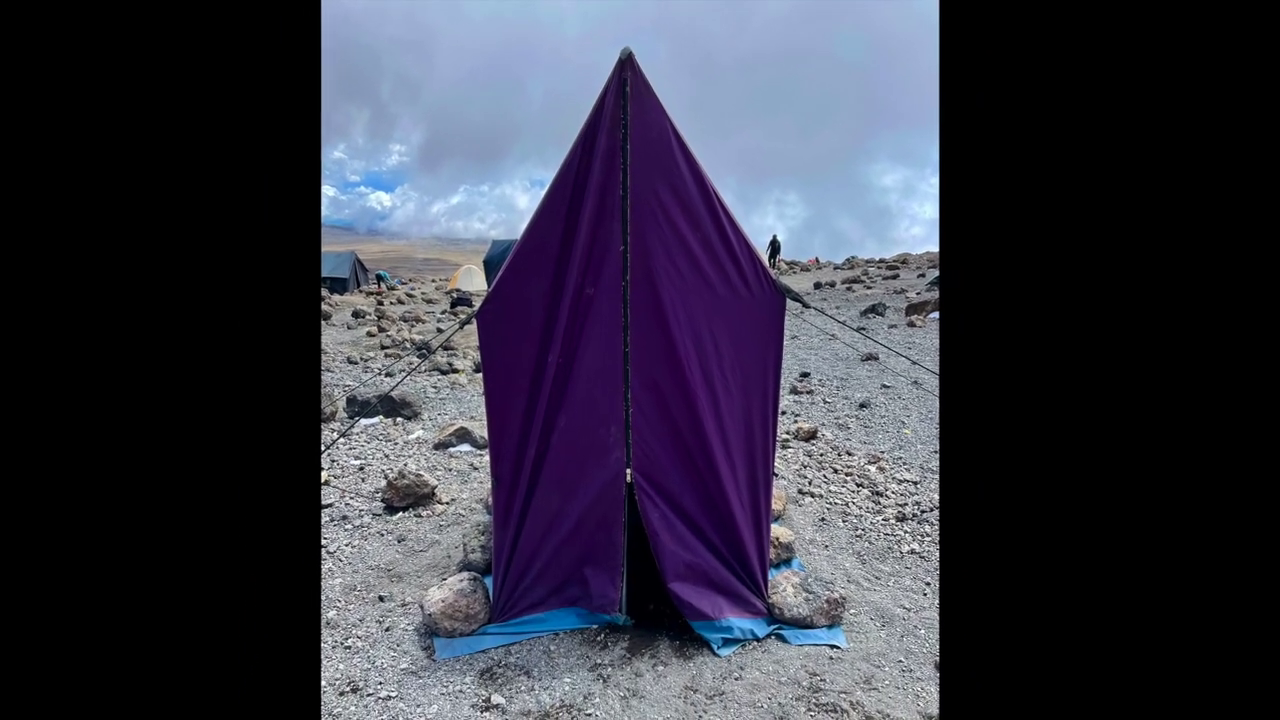
bathroom on mountain kilimanjaro
Bathroom on Mountain Kilimanjaro: What to Expect and How to Prepare Introduction One of the most common — and least discussed — questions from people

Are Guides Readily Available in Tanzania Without Prior Booking?
Are Guides Readily Available in Tanzania Without Prior Booking? Introduction: Should You Risk Climbing Without Pre-Booking? Climbing Mount Kilimanjaro is a dream for many adventurers.
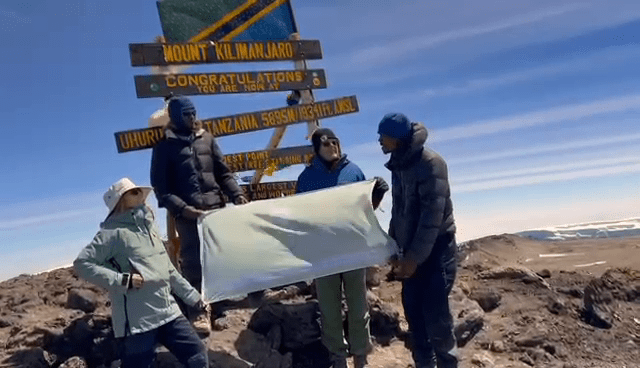
How Can I Find a Reliable Local Guide for My Kilimanjaro Expedition?
How Can I Find a Reliable Local Guide for My Kilimanjaro Expedition? Introduction: Why the Right Guide Is Key to Kilimanjaro Success Climbing Mount Kilimanjaro
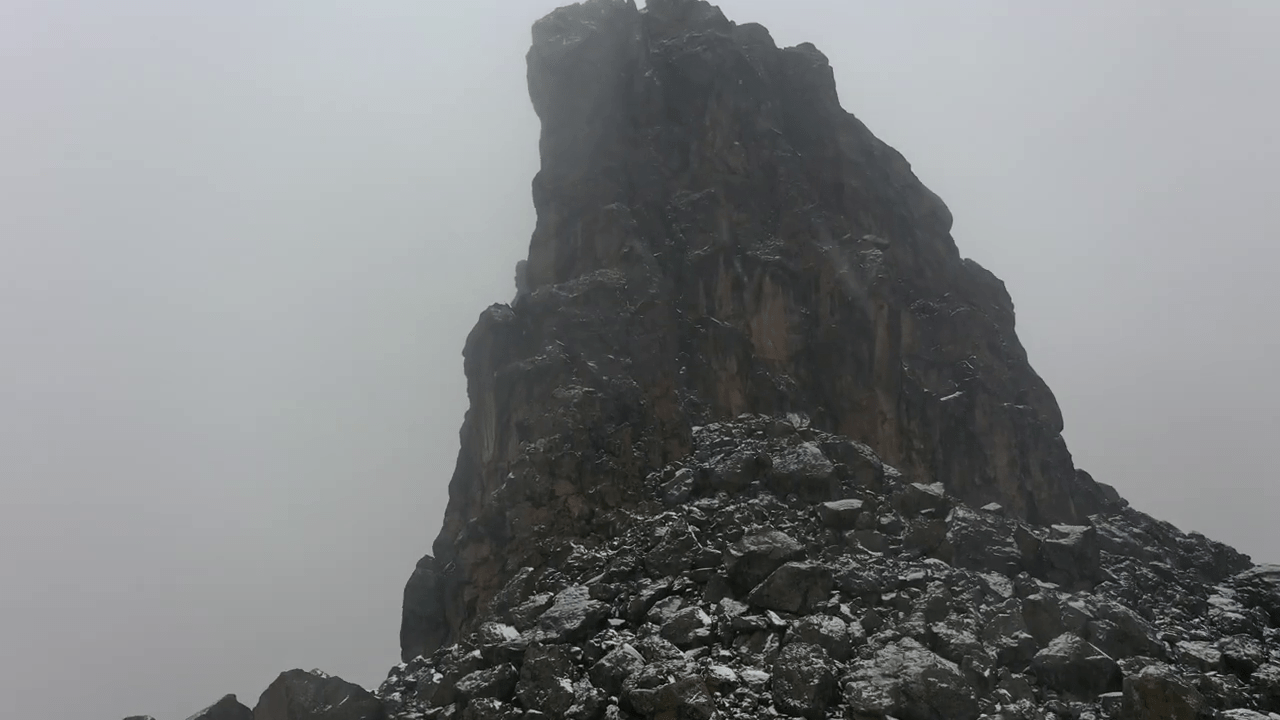
Is Climbing Kilimanjaro Dangerous for Individuals Without Mountaineering Experience?
Is Climbing Kilimanjaro Dangerous for Individuals Without Mountaineering Experience? Introduction: The Myth of Danger and Experience Many aspiring adventurers wonder if climbing Mount Kilimanjaro is
